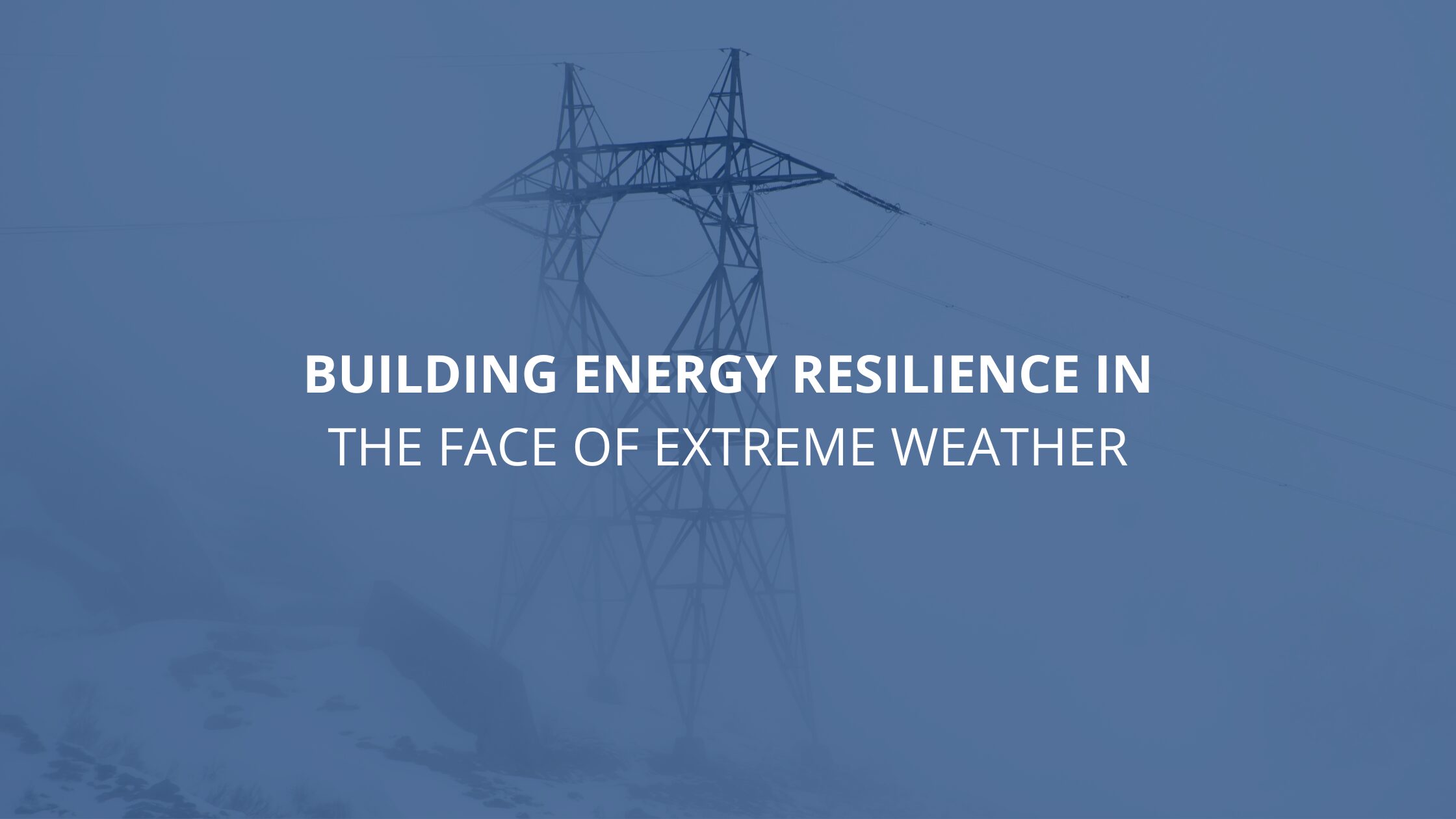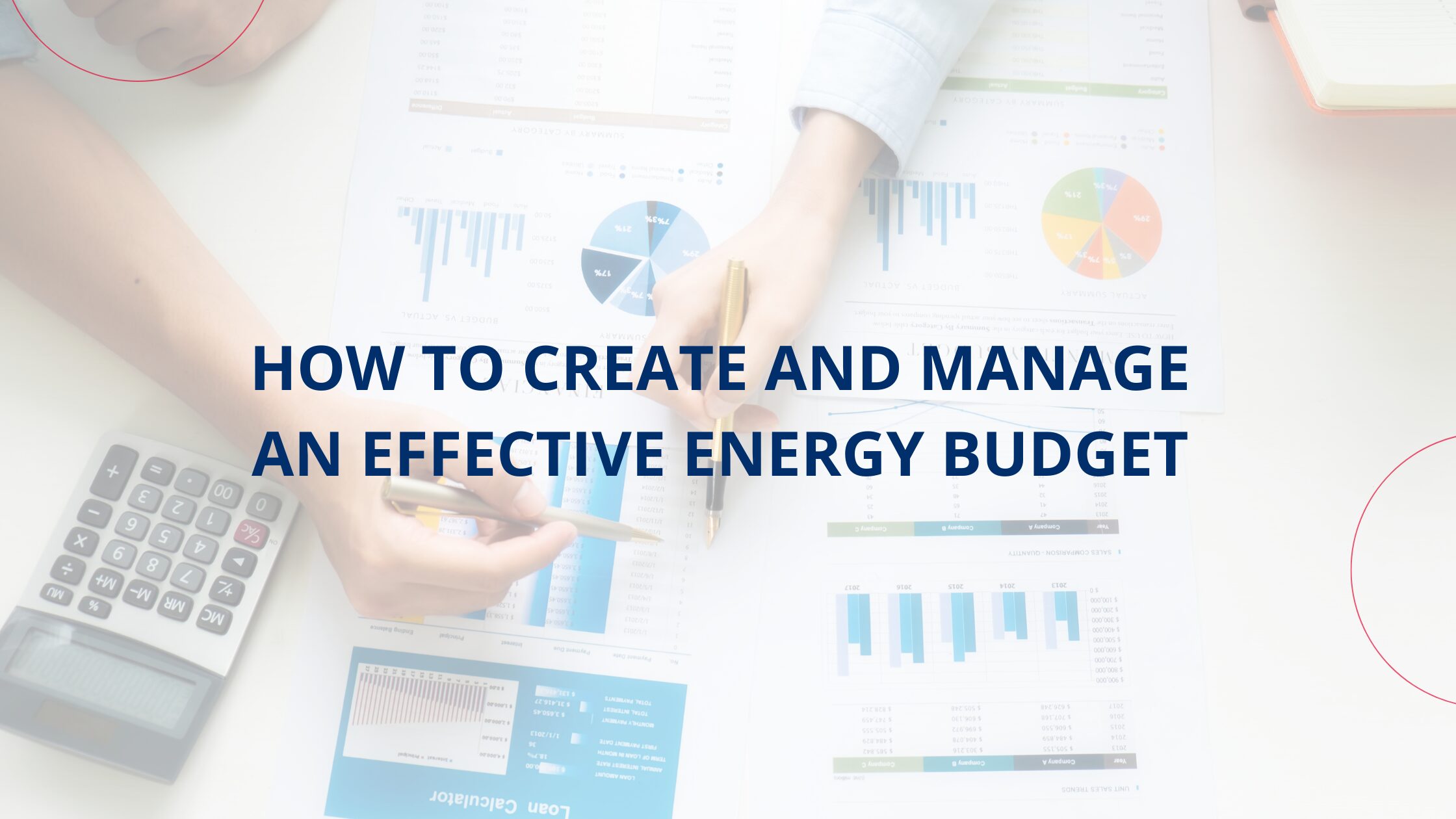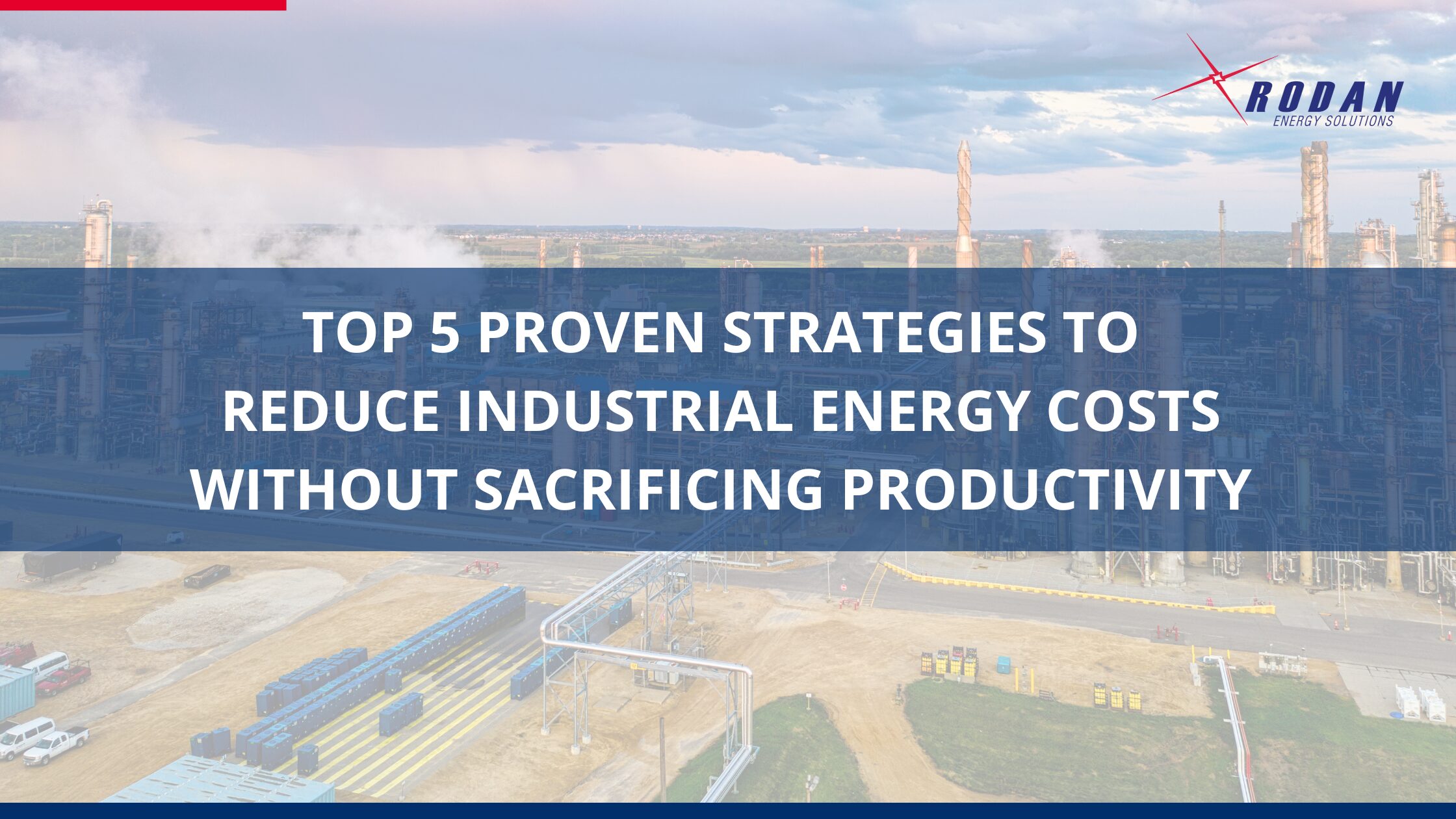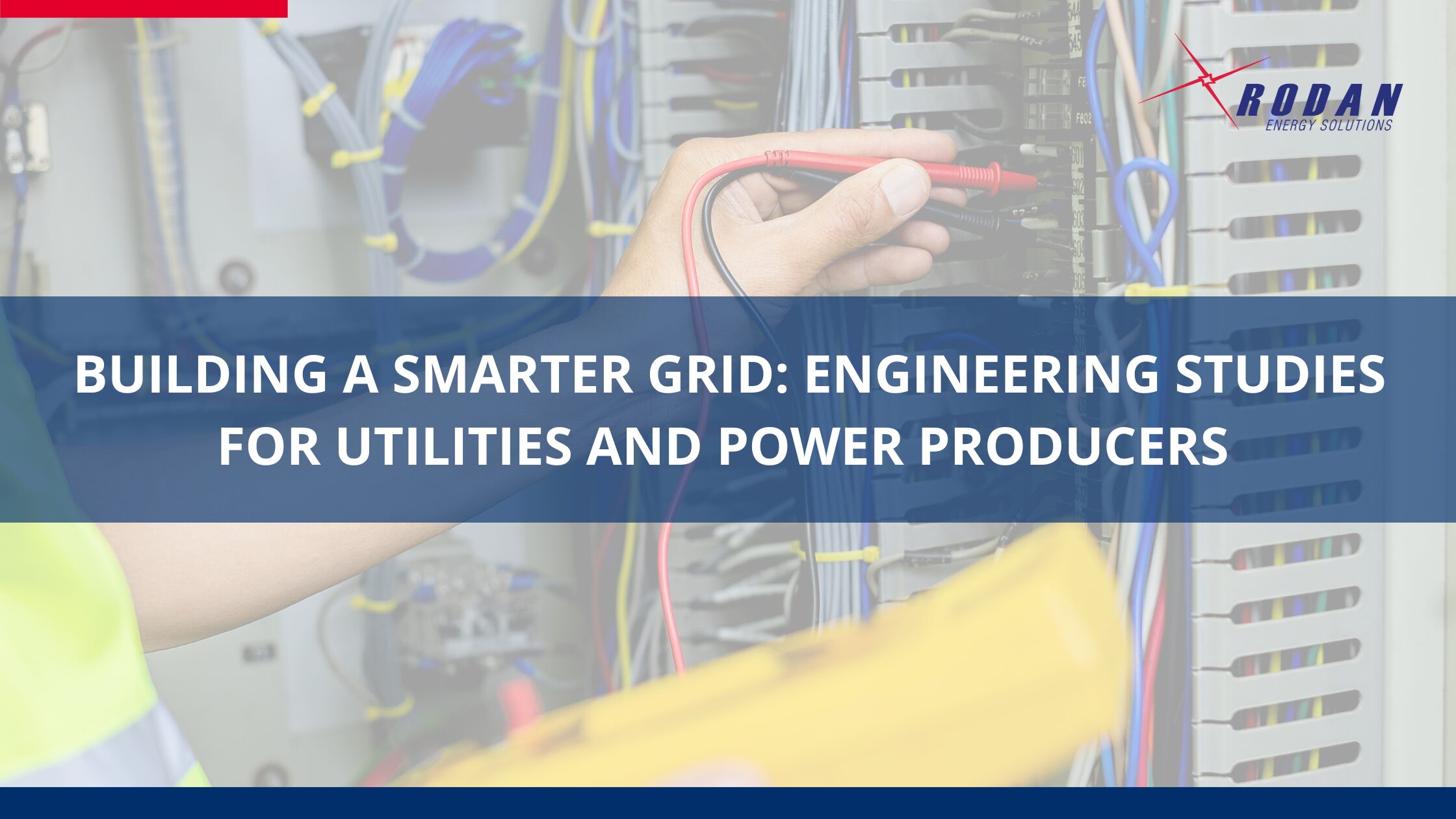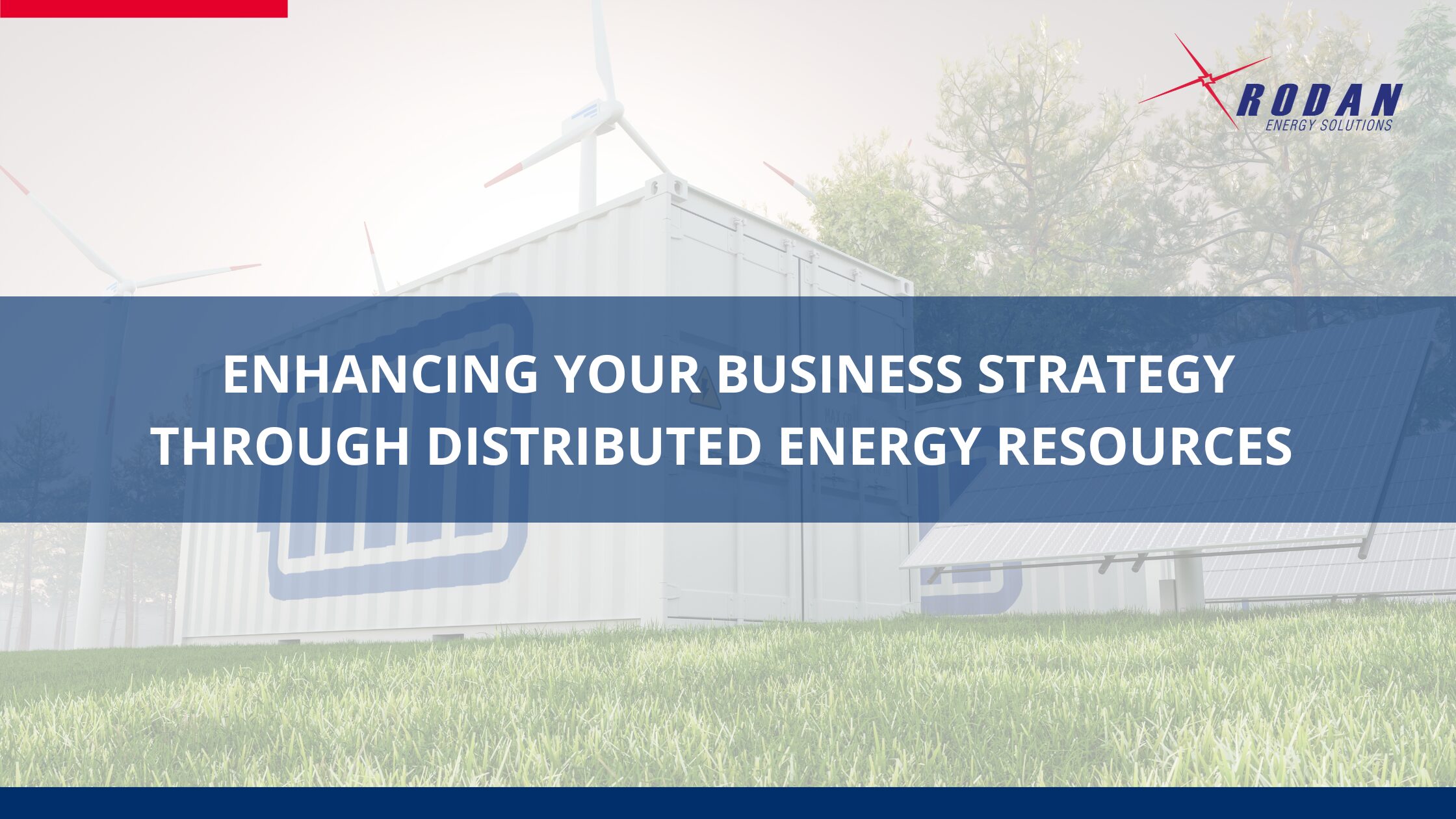As our planet grapples with the increasing frequency and intensity of extreme weather events, the resilience of our energy grid is being put to the test. From hurricanes and wildfires to prolonged heatwaves and cold snaps, these events not only disrupt our daily lives but also threaten the stability and reliability of our energy systems.
These weather events can cause power outages and extreme demand on the grid, which it is not always equipped to handle. However, energy solutions like distributed energy resources (DERs), demand response, and other energy flexibility resources are emerging as vital tools to increase both the grid and facilities energy resilience.
The Impact of Extreme Weather on the Grid
Extreme weather events pose significant challenges to the energy grid. With increasing weather volatility, our aging grid has been put to the test to handle these events. Here are a few examples of extreme weather events in the recent years and how they directly affect our energy stability:
- Hurricanes and Extreme Rain: High winds and flooding can damage power lines, substations, and other critical infrastructure, leading to widespread outages. As seen in Toronto on July 16, 2024, excessive rain flooded many areas and caused widespread power outages.
- Wildfires: These can destroy transmission lines and other equipment, causing both immediate power outages and long-term infrastructure damage.
- Heatwaves: Increased demand for air conditioning can strain the grid, leading to blackouts if the demand exceeds supply capabilities. During mid-June and July across much of Canada and the United States, record breaking heatwaves strained the grid for weeks on end.
- Cold Snaps: Sudden drops in temperature can cause equipment failures and increase heating demand, stressing the grid similarly to heatwaves. One prime example was during a polar vortex in 2021, when extreme cold penetrated the U.S. and all the way down through Texas, creating power outages by freezing generators and equipment.
The Role of Distributed Energy Resources
On-site distributed energy resources like battery storage are great mechanisms to build energy resiliency both for your facility and the overall grid. These systems, especially when paired with solar, greatly enhance your energy resilience in the case of a brownout or blackout. Even standalone storage systems can enable greater control over your operations and allow you to redirect where your energy is coming from. DER’s not only provide energy resilience to your facility in the face of these extreme weather events but also helps the overall grid.
Here are several ways that DERs play a crucial role in enhancing grid resilience.
- Decentralization: By distributing energy generation across many locations, DERs reduce the risk of a single point of failure affecting the entire grid.
- Local Generation: DERs generate power closer to where it is consumed, which reduces transmission losses and the likelihood of disruptions.
- Renewable Integration: Many DERs are based on renewable energy sources, which can help support power supply even when traditional power plants are offline due to extreme weather.
When it comes to businesses looking to improve their own energy resilience, implementing and managing technologies through a proven partner is key. The systems below are several ways to begin that journey:
- Energy Storage: Batteries and other storage technologies store excess energy when production exceeds demand and release it when needed, providing a buffer against fluctuations.
- Microgrids: These localized grids can run independently from the main grid during emergencies, ensuring continuous power supply to critical facilities.
- Advanced Energy Management: Energy intelligence systems use real-time data and analytics to optimize your energy use and provide insights and actions to help you respond to disruptions.
Leveraging Demand Response
In addition to on-site DER systems, demand response (DR) programs encourage consumers to reduce or shift their electricity usage during peak periods in response to time-based rates or other incentives. During many of these extreme weather events from cold snaps to heatwaves, and everything in-between, DR is vital for grid resilience all while providing financial incentives for customers to partake:
- Load Balancing: Demand response helps balance the supply and demand on the grid, reducing the risk of blackouts during peak usage times.
- Emergency Support: During extreme weather events, demand response can be quickly activated to reduce stress on the grid, helping to prevent outages.
- Cost Savings: By reducing the need for additional power plants or emergency measures, demand response can lower overall energy costs for both utilities and consumers.
Building a Resilient Energy Future
The increasing prevalence of extreme weather events underscores the urgent need for a more resilient energy grid. By integrating DERs, demand response, and other energy flexibility resources, we can create a more efficient and adaptive grid capable of withstanding and quickly recovering from these challenges. These solutions not only enhance grid reliability but also contribute to a more sustainable and efficient energy future.
At Rodan Energy Solutions, we are committed to driving the adoption of these technologies and helping our clients navigate the complexities of energy management. By partnering with Rodan and leveraging our expertise and innovative solutions, we can build a resilient energy grid that meets the demands of today and the challenges of tomorrow. Reach out today to see how we can increase your energy resilience and flexibility.
